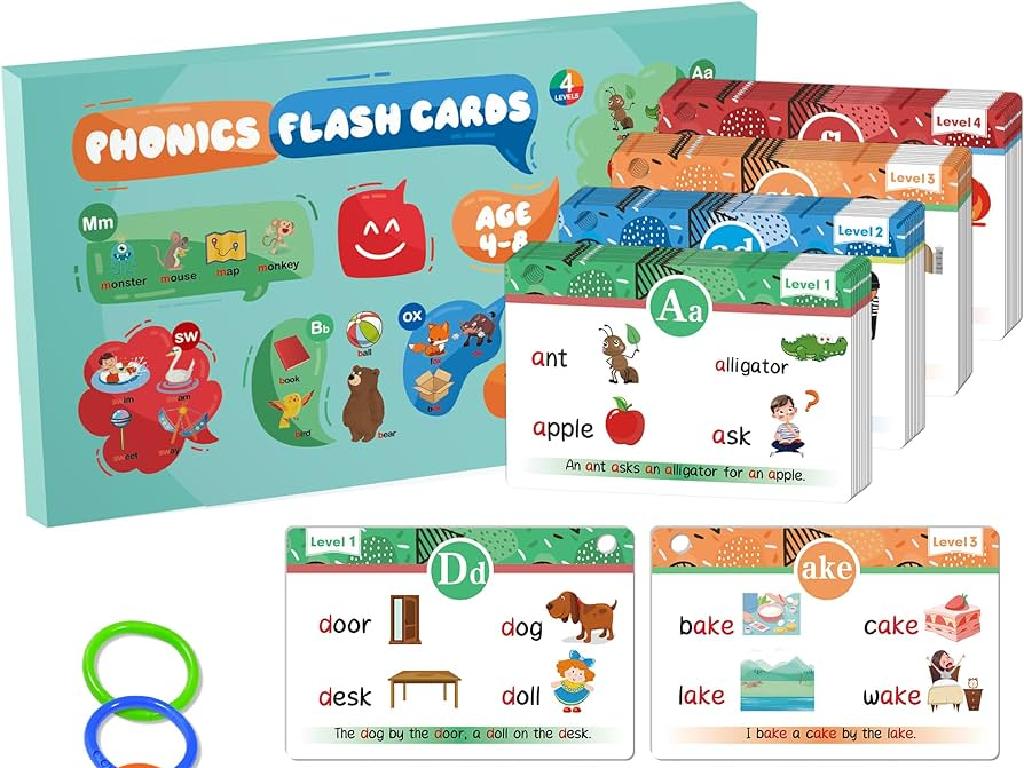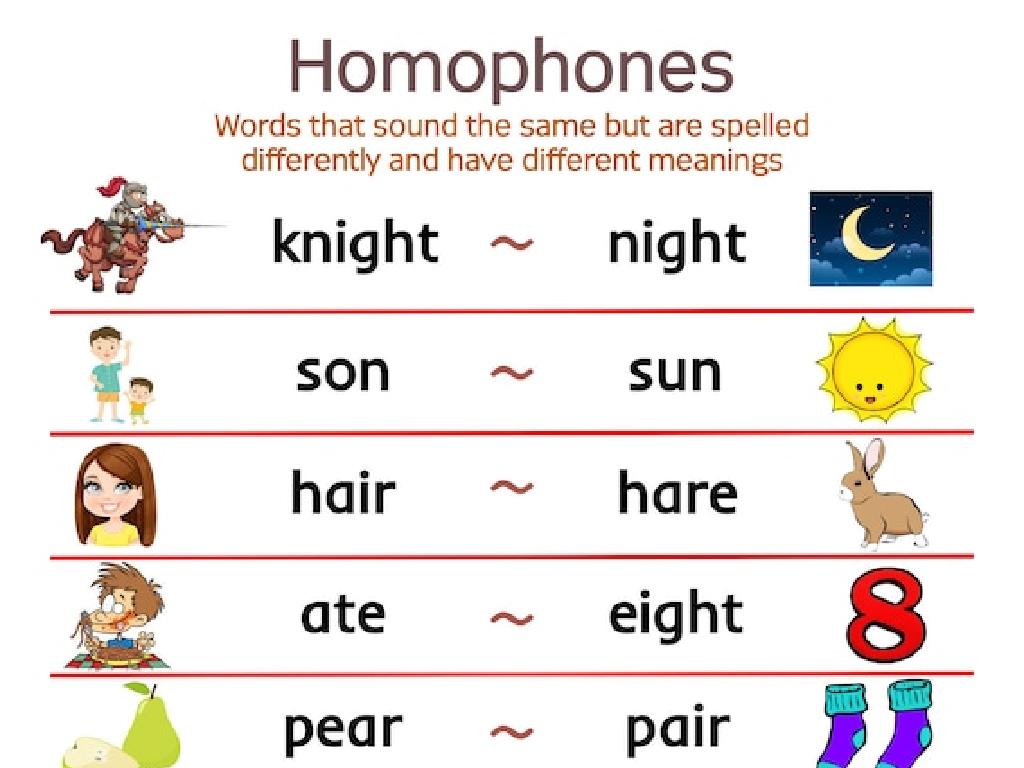Collect And Graph Temperature Data
Subject: Science
Grade: Third grade
Topic: Weather And Climate
Please LOG IN to download the presentation. Access is available to registered users only.
View More Content
Exploring Temperature in Weather and Climate
– What is temperature?
– Collecting temperature data
– Use a thermometer to measure how hot or cold it is outside.
– Creating a temperature graph
– Use a chart to plot the temperature for different times or days.
– Why is temperature important?
– Temperature affects our daily lives, like what to wear.
|
Begin the class by explaining what temperature is and why it’s a crucial aspect of weather and climate. Teach the students how to use a thermometer to collect temperature data. Show them how to record these measurements and then guide them on how to create a graph with this data. Discuss with the class why temperature is important, asking them to think about how it influences various aspects of our lives, such as clothing choices, activities, and even the food we eat. This will help them understand the practical implications of temperature in their daily lives.
Understanding Temperature
– What is temperature?
– It tells us how hot or cold something is.
– Thermometers measure temperature
– A tool with mercury or digital numbers.
– When have you felt temperature changes?
– Recording temperature is important
– Helps us learn about weather patterns.
|
Begin the lesson by explaining that temperature is a way to tell how hot or cold something is, using examples like ice cream being cold or the sun feeling hot on our skin. Show a thermometer and explain how it can be mercury-based or digital, and how it helps us measure temperature in degrees. Ask the students to share experiences when they noticed it was very hot or cold, like a sunny day at the park or a snowy day. Emphasize the importance of recording temperature data to understand weather patterns, preparing them for the activity of collecting and graphing temperature data.
Understanding Temperature Units
– Degrees Fahrenheit (°F) usage
– In the U.S., we measure temperature in °F
– Degrees Celsius (°C) in science
– Scientists measure temperature in °C
– Comparing °F and °C on a thermometer
– See how the same temperature looks different in °F and °C
– Practice reading temperatures
– Let’s learn to read different temperatures!
|
This slide introduces students to the concept of temperature measurement in both Fahrenheit and Celsius, which are the units commonly used in the United States and by scientists respectively. Explain that different countries use different units, and scientists often use Celsius because it’s part of the metric system, which is standard in the scientific community. Show a visual of a thermometer with both °F and °C scales. Engage the students by asking them to practice reading temperatures from the thermometer and to convert a few temperatures from one unit to the other. This will help them understand weather reports and scientific discussions about temperature.
Collecting Temperature Data
– How to collect temperature data?
– Use thermometers to measure the temperature at different locations.
– Record temps at various times
– Morning, noon, and evening – how does the temperature change?
– Practice data collection
– We’ll use a chart to track the temperature together in class.
– Understand daily temperature changes
– Why is it cooler in the morning and warmer in the afternoon?
|
This slide introduces the concept of collecting temperature data to understand daily weather patterns. Start by explaining how thermometers work and how they can be used to measure temperature. Show students how to record the temperature at different times of the day to observe patterns. During class, guide students through a hands-on activity where they will use thermometers to collect temperature data and record their findings on a chart. Discuss how the temperature changes from morning to evening and why these changes might occur. This activity will help students grasp the concept of daily temperature fluctuations and the factors that influence them.
Creating a Temperature Graph
– What is a graph?
– A graph displays info in a visual way.
– Types of graphs
– Bar graphs show amounts. Line graphs show changes over time.
– Choosing a line graph
– Line graphs are great for showing temperature changes.
– Graphing our temperature data
|
Begin by explaining the concept of a graph as a tool to visually represent data, making it easier to understand and analyze information. Introduce the different types of graphs, focusing on bar and line graphs, and explain their uses. Emphasize that line graphs are particularly useful for displaying data that changes over time, such as temperature throughout a week. Guide the students through the process of creating a line graph using temperature data they’ve collected, ensuring they understand how to plot points on the graph and connect them to show temperature trends. This activity will help them grasp the concept of data representation and enhance their analytical skills.
Reading Temperature Graphs
– Learn to read a line graph
– A line graph shows data over time with points connected by lines.
– Highs & lows of temperature
– ‘Highs’ are peaks and ‘lows’ are dips on the graph, showing temperature changes.
– Spot the hottest day
– Look for the highest point on the graph to see the hottest day.
– Find the coldest day
– The lowest point on the graph indicates the coldest day.
|
This slide is aimed at teaching students how to interpret temperature data using line graphs. Start by explaining the components of a line graph, including the x-axis (time) and y-axis (temperature). Discuss how to identify the ‘highs’ and ‘lows’ in temperature by looking at the peaks and dips in the graph. Interactive activities can include identifying the hottest and coldest days by examining a sample graph. Encourage students to ask questions and practice with different graphs to solidify their understanding.
Class Activity: Temperature Hunt
– Let’s measure temperature outdoors
– Record temperatures on your data sheet
– Write down the temperature next to each location name
– Each spot’s temperature goes on the sheet
– We’ll make graphs with our data!
– Use different colors for each location on your graph
|
This activity is designed to engage students with hands-on experience in collecting data. Take the class outside and visit pre-determined locations such as under a tree, in direct sunlight, near a building, etc. Provide each student with a data sheet to record the temperature readings at each spot. Back in the classroom, guide them to use their data to create a graph, which can be a bar graph or line graph, depending on the lesson focus. This will help them visualize how temperature can vary in different environments. For the teacher: Prepare data sheets with locations listed, ensure enough thermometers are available, and consider grouping students for the activity. After graphing, discuss the results and what factors might affect temperature differences in various locations.
Graphing Our Temperature Data
– Create your temperature graph
– Use the data to draw a graph on paper
– Share graphs with a classmate
– Show your graph to a friend and see if they are similar
– Compare your temperature findings
– Talk about how your graphs are alike or different
– Discuss what we learned today
– Reflect on new facts about temperature
|
This slide is designed to guide students through the process of graphing temperature data they have collected, sharing their results with peers, and discussing their findings. The activity encourages collaboration and critical thinking as students compare their graphs and discuss similarities and differences. It also reinforces the day’s learning objectives about temperature. Teachers should facilitate the sharing process and lead a group discussion afterward to summarize the key takeaways. Possible activities include graphing temperatures from different times of the day, comparing indoor and outdoor temperatures, or temperatures from different days of the week.
Conclusion: The Importance of Temperature
– Understanding temperature is key
It helps us prepare for our day and stay safe.
– Temperature data aids daily life
We can decide what to wear and plan activities.
– Reflect on today’s learning
– Celebrate being young scientists!
|
As we wrap up today’s lesson on temperature, emphasize to the students why it’s important to understand temperature. It’s not just a number; it affects our daily decisions and well-being. Explain how temperature data can help us choose appropriate clothing, plan our outdoor activities, and even protect our health by avoiding extreme weather conditions. Congratulate the students on their hard work and curiosity throughout the lesson. Encourage them to continue observing the temperature and weather patterns every day. This will not only reinforce their learning but also spark their interest in science and the world around them.






